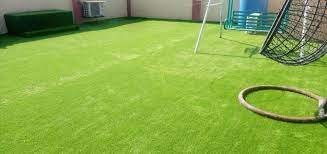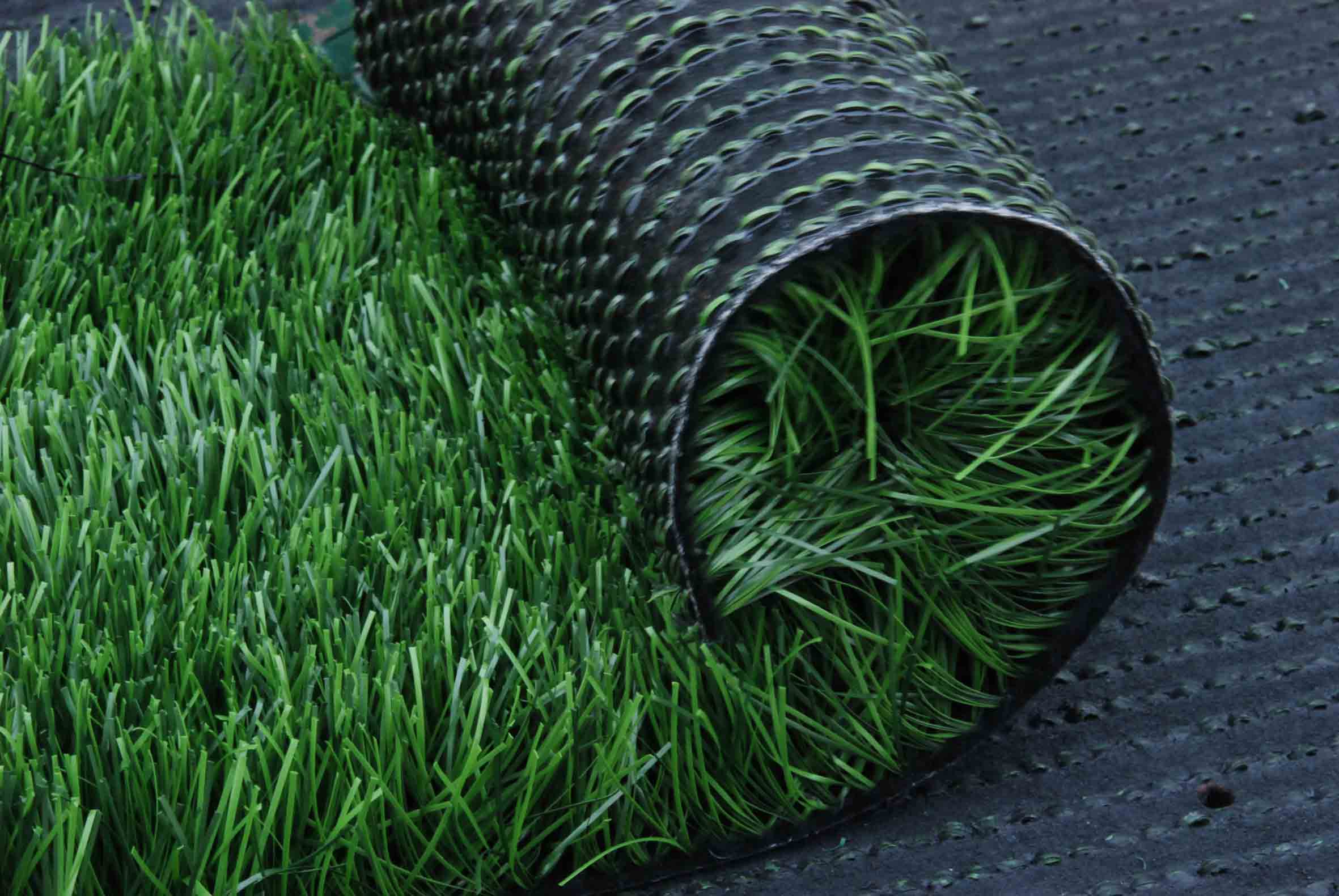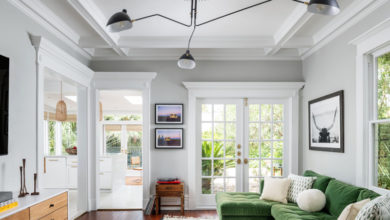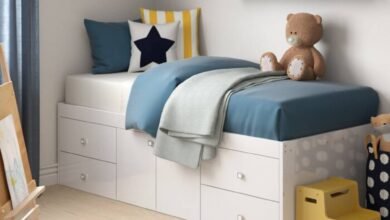
Artificial Grass Infill, Face Weight, Durability, and Cost
If you’re looking to add artificial grass to your landscape, you’ve come to the right place. We’ve got the infill, face weight, durability, and cost you need to decide which option will be best for you before you buy Buy Artificial Grass Online. Let’s dig into these topics in greater detail. Here’s what you should know. Read on to learn more. And remember to ask questions! Artificial grass comes in all different colors, textures, and types.
Infill
The most common type of artificial grass infill is silica sand. This material is the cheapest and is easily available. The best choice for optimal performance is kiln-dried silica sand, which is subjected to extremely high temperatures to remove any organics and moisture. The result is a fine sand that is easy to install and resistant to weed growth. If you have pets, you might want to avoid silica sand, as it is more likely to trap odors.
Sand is a natural filler that works well as an infill in artificial grass. Silica granules are also great, but sand is easier to pack. Silica granules have the advantage of reducing friction between particles and preventing settling. Sand also packs tighter than silica granules and produces a soft cushion base. To ensure that your infill is well-adjusted, it is best to brush it in several directions.

Grass with infill is more durable than turf without it. Without it, the fibers will tend to lay flat, which will increase the risk of tearing or fraying. If you install shag carpet without infill, it is likely to result in an unsightly shine. Luckily, infill is an easy solution for this issue. Infill will not only give your turf a more appealing appearance, but it will also provide added resilience to the turf.
When choosing artificial grass for your home, you should take into account the infill. This is a crucial element of artificial turf. Without it, grass would be flat and succumb to infrared damage faster than it would otherwise. Artificial grass infill helps keep the blades upright, allowing them to stand up after they flatten. Furthermore, it will protect the backing of your artificial lawn from sun damage. You’ll want to make sure to find a high-quality infill product to make the most out of your turf.
Face weight
Artificial grass’ face weight is a crucial metric for durability and foot traffic suitability. In most cases, a product with a higher face weight will have more yarns per square meter and will therefore require less maintenance. However, it is also more expensive than a lighter product. Fortunately, there are many ways to choose the right face weight for your property. The following are some important factors to consider when shopping for an artificial grass lawn:
The face weight of an artificial grass product refers to the amount of yarn in the turf, as opposed to backing. It is generally quoted in ounces per square yard. Ultimately, face weight impacts the quality and performance of the artificial grass product. Artificial grass with a high face weight may be thicker, stitched more tightly, and have taller fibers. Ideally, the face weight should be between 20 and 30 ounces.
The face weight of an artificial grass product affects its durability, appearance, and cost. Higher face weight means denser turf that is more resistant to foot traffic. However, it also means a higher initial investment, but less maintenance. On the other hand, low face weight artificial grass can result in severe matting and damage over time. For this reason, it is important to choose a face weight that matches the purpose of your grass.
Another factor that determines face weight is the thickness of the piles. A lower face weight means a lighter product, and a higher face weight means a denser product with higher durability. In addition, higher face weight means better durability and better touch feel. The higher face weight is better for high-traffic areas, where kids and pets are likely to play. If you are unsure of whether to buy an artificial grass with a higher face weight, you can read our DIY Easy Installation Guide.

While face weight is not an exact measurement of durability, it is a good indicator of how dense an artificial grass product is. You should always check the face weight of an artificial grass product before buying. The face weight should be in the range of forty to ninety ounces. Turf rugs are great options for indoor spaces and are low-maintenance. They can also be used in sunrooms, rec rooms, and playrooms. In addition, they are also an excellent choice for commercial environments.
Durability
The quality of materials, manufacturing process, and installation process all play a role in the durability of artificial grass. For most people, the durability of an grass is the most important factor in their decision. However, other factors like affordability may also play a role in choosing an artificial grass. By comparing various types of artificial grass, you can select the one that meets your needs and budget. However, before choosing an artificial grass, make sure that you’ve considered the following factors:
The first factor that affects the durability of artificial grass is the material. Depending on its thickness and composition, artificial grass can last for years or even decades. Generally, grass is made of polypropylene or nylon. Both of these materials have their own pros and cons, but the most resilient are made of nylon. Another factor is the pile density. A nylon turf with 18,000 stitches per square metre is more durable than one that is made of polyethylene.
Aside from looking great, artificial grass is also very durable. It won’t be ruined by daily use from dogs. It’s also safer because of its thicker padding. In addition, it drains well, which makes it perfect for use indoors. In addition to indoor usage, artificial grass is also popular in city parks because it is an ideal option for pet-friendly areas. If you’re a dog owner, you’ll appreciate the fact that synthetic turf doesn’t cause muddy feet.
Aside from being durable, artificial grass also doesn’t need to be cleaned regularly. In contrast, real grass requires frequent vacuuming, whereas synthetic turf needs no watering. Neither one of these materials needs pesticides or fertilizers. The durability of artificial grass will remain high throughout its lifespan. Its maintenance requirements are minimal, too. You can expect minimal maintenance and only minor repairs. It doesn’t matter how active you are – artificial grass won’t get dirty quickly.

To ensure a durable grass, you need to properly install it. First, you must cut and lay the turf. Then, you should pound or glue the pieces together. Make sure that you place three centimetres of extra material on the ends of the turf. Then, you should use a good outdoor glue or tape. You should also make sure that the turf is well-drained before applying any filler materials.
Cost
The cost of artificial grass varies from brand to brand. Different brands use different materials during the manufacturing process. This affects the quality of the finished product, which in turn, impacts the price. Nylon, for example, is the most expensive synthetic grass material. However, it is also the most durable, resulting in a much higher price tag. However, this material is not a good choice for outdoor use because of its pliable nature.
The costs of artificial grass vary, as do the types of installation. Higher-quality products are more expensive than lower-quality ones, but they improve durability, withstand extreme heat and stay tall. You don’t need to cover your whole yard with artificial grass. You can also install it in certain areas, such as decks, patio slabs, and gardens. The cost of grass will depend on your landscape, so make sure to plan ahead!
While you can cut corners by skimping on the type of grass you install, you need to consider the maintenance costs. When installing a lawn with grass, you may find that it takes up to 10 years to pay off the initial investment. This will make the initial costs of installation much lower. Furthermore, you won’t need to worry about buying lawn equipment or fuel. You can hire a professional to do this work for you.
The total cost of artificial grass installation may vary greatly. The average cost per square foot for a project of 500 square feet would be between $7 and $15 per square foot. However, this amount will vary depending on the area and existing materials, the location of the project, local dumping rates and other factors. You may also need to pay for the rental of specialty tools. Generally, you should expect to spend between $500 and $1,800 for 1,000 square feet of artificial grass.
While you can choose to do this installation on your own, it is recommended to hire a professional to do this for you. If you are handy with DIY, you can buy a package that includes instructions for the installation. However, if you don’t have the time, it is best to hire a professional. You’ll also need to prepare the area for the installation by creating a 2% slope. This will ensure proper drainage. These are the things you need to consider before you buy Good Quality Artificial Grass.




